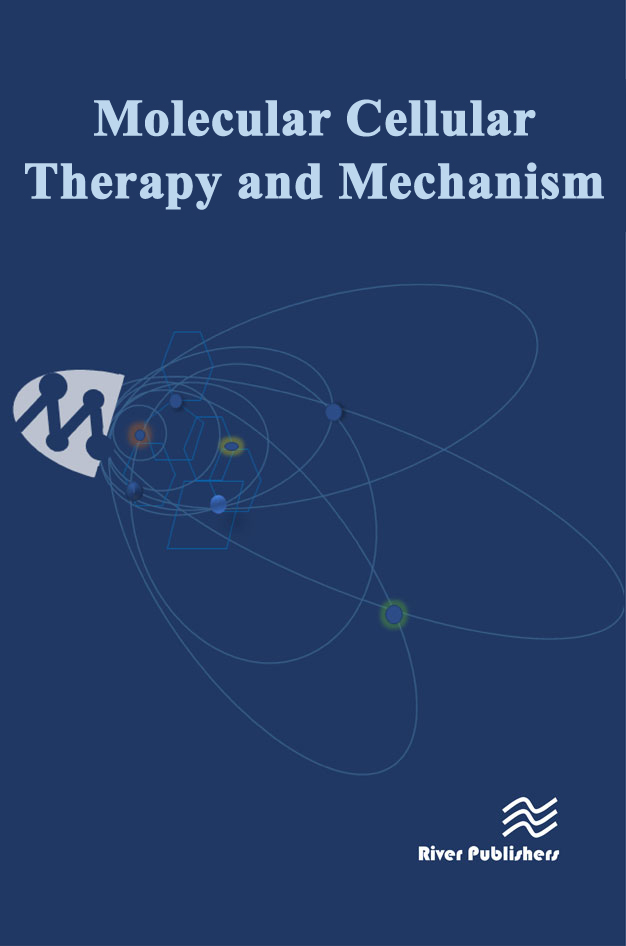Extended blood circulation and joint accumulation of a p(HPMA-co-AzMA)-based nanoconjugate in a murine model of rheumatoid arthritis
DOI:
https://doi.org/10.13052/2052-8426-2-29Keywords:
Arthritis, Collagen Antibody-Induced Arthritis, Extended circulation, HPMA, in vivo, Image analysis, Joint accumulation, N-(3-azidopropyl)methacrylamide), Poly(N-(2-hydroxypropyl)methacrylamide)Abstract
Background: We recently synthesized a hydrophilic polymer, poly(N-(2-hydroxypropyl)methacrylamide-co-N-(3-
azidopropyl)methacrylamide), p(HPMA-co-AzMA), by RAFT polymerization using a novel azide-containing methacrylamide
monomer that through a post modification strategy using click chemistry enabled facile preparation of a panel of versatile
and well-defined bioconjugates. In this work we screen a panel of different molecular weight (Mw) fluorescently tagged
p(HPMA-co-AzMA) in healthy mice, by live bioimaging, to select an extended circulatory half-life material for investigating
joint accumulation in a murine collagen antibody-induced arthritis model.
Findings: Fluorescence image analysis revealed half-lifes of <20 min, 2.8 h and 6.4 h for p(HPMA-co-AzMA) of 15, 36 and
54 kDa, respectively, with ~10% polymer retained in the blood after 24 h for the highest Mw. p(HPMA-co-AzMA)
of 54 kDa showed enhanced accumulation in the joints of the arthritic mouse model with a bioavailability
(AUC = 1783% · h) ~12 times higher (P = 0.01) than healthy control (AUC = 148% · h).
Conclusions: p(HPMA-co-AzMA) of 54 kDa exhibited extended circulatory half-life and preferential accumulation
in inflamed joints of a murine model of rheumatoid arthritis (RA). This combined with well-defined polymer size
and versatility for conjugation of a range of biomolecules promotes p(HPMA-co-AzMA) for potential applications
in the delivery of drugs for treatment of RA


